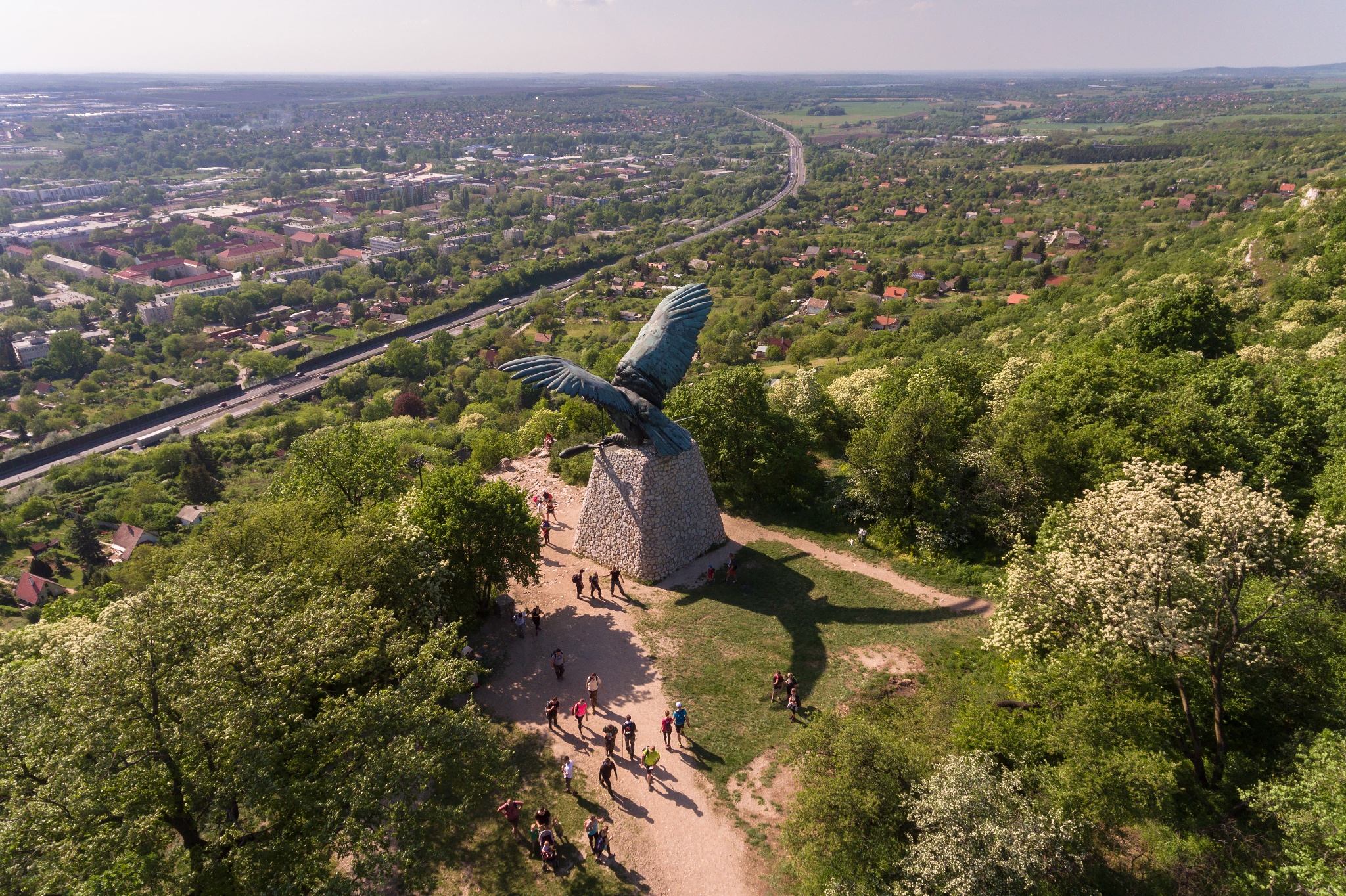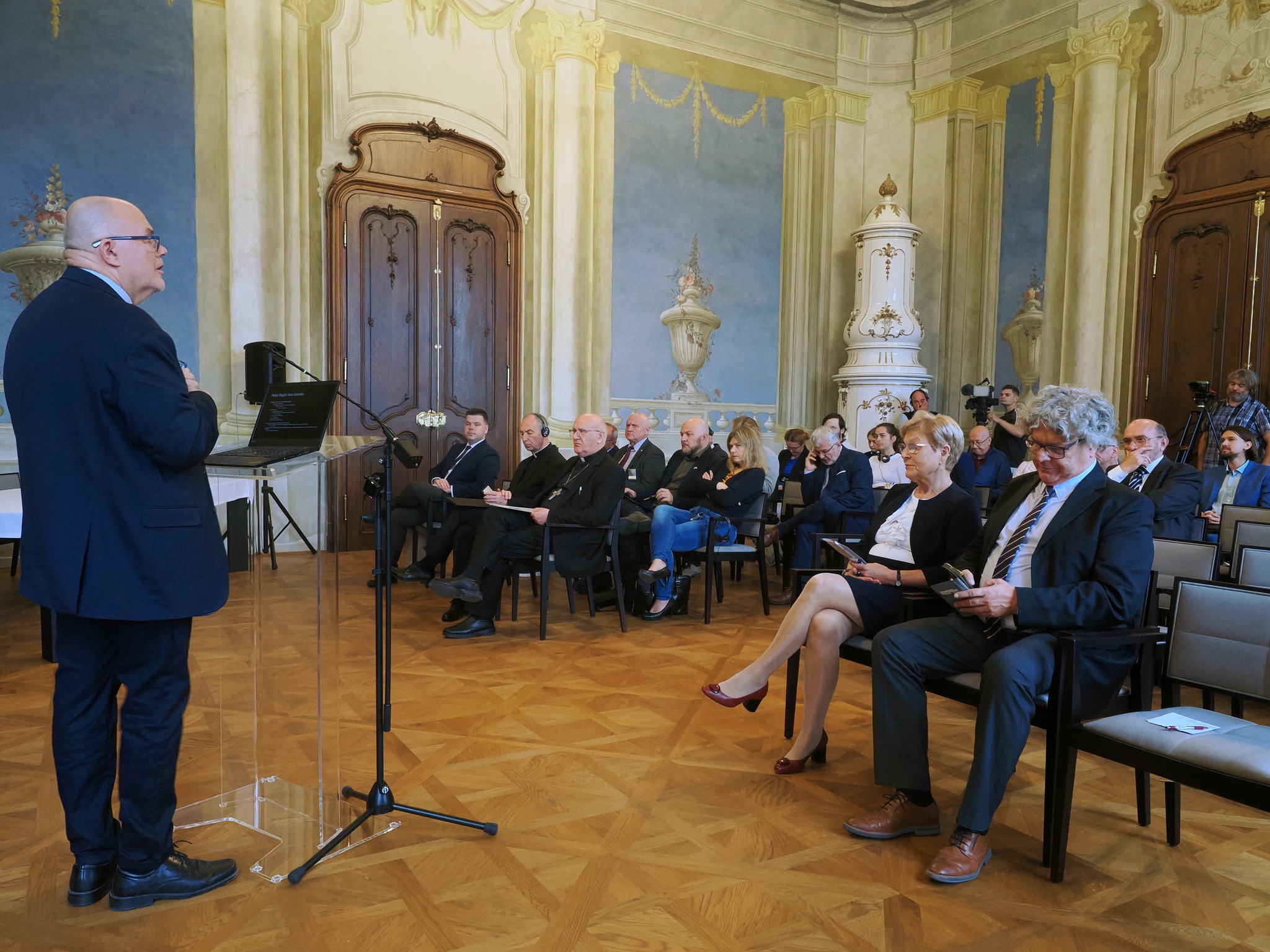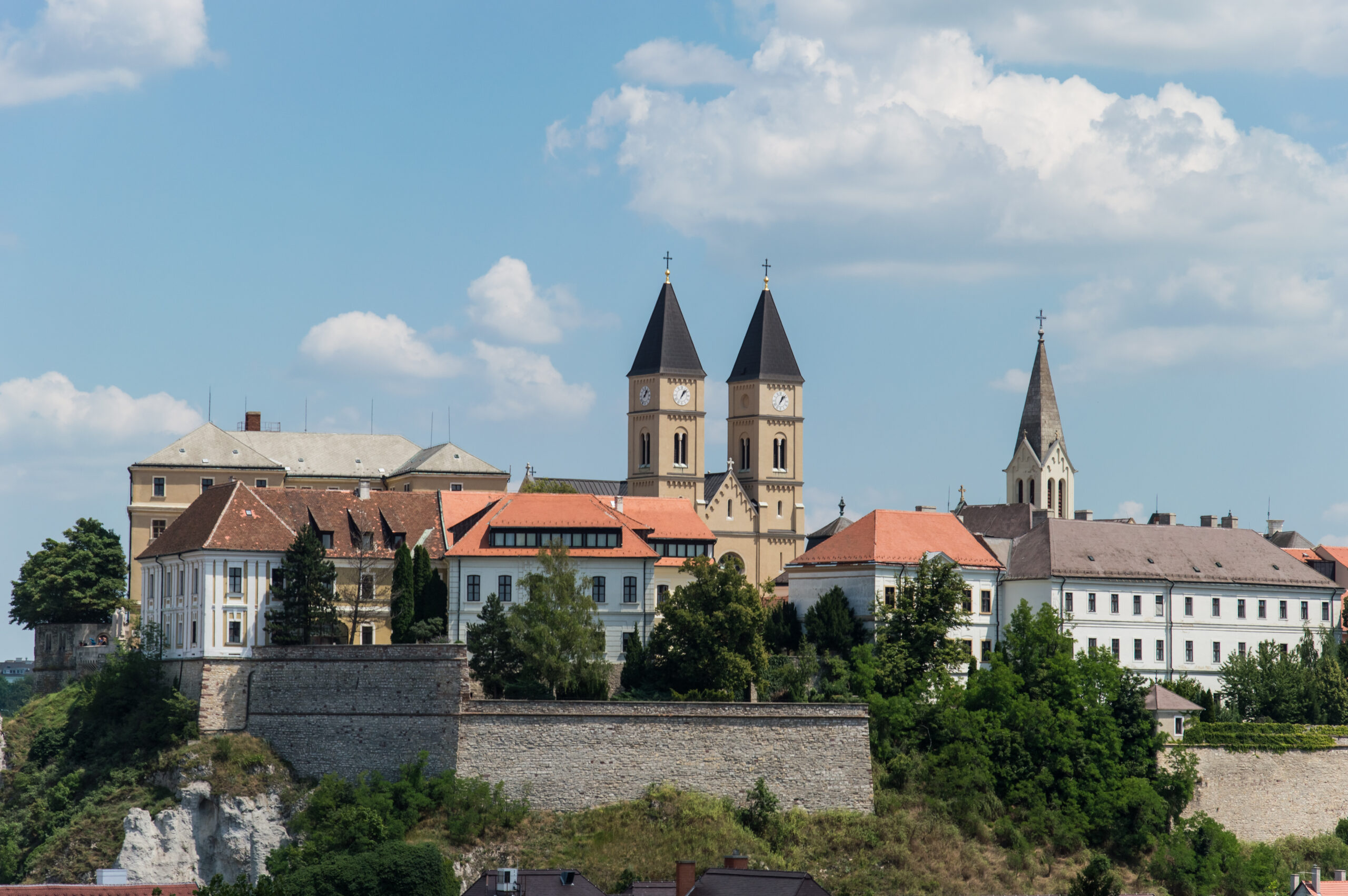Legend of the Turul – Tatabánya – Turul Monument
Fact of the Hungarian figure „Myth of the Hungarian land-taking – Ópusztaszer”
Part of the „The story of the beginning” topic
Legend of the Turul
The origins of old dynasties are obscure, and it is not uncommon for them to be traced back to animals. The totemistic origin of the Árpád dynasty is preserved in two sources: Anonymus’s (Master P.) chronicle from the early 13th century and the 14th century chronicle. According to Anonymus, in 819, Ügyek married Emese, with whom he fathered a son named Álmos.
The pregnant woman was visited in her sleep by the Turul, who impregnated her and told her that she would give birth to glorious kings, who would multiply in a distant land. The original legend shows that the Árpáds considered the Turul (the falcon in old Turkic) their ancestor. This belief persisted even after the adoption of Christianity. The chronicle of Simon of Kéza considers the Árpáds to be descended from the blood of the Turul (de genere Turul).
Their miraculous origin legitimised them to rule over the people. Although the legend and the Hungarian chronicles name Álmos as the first prince, the dynasty was named after Álmos’ son, the House of Árpád. This has no medieval antecedents; the 18th-century Hungarian research decided on the name since Constantine VII Porphyrogenitus called Árpád the first prince, and since the Merovingian and Carolingian dynasties were also named after the son of the first ruler.
One of the most prominent representations of the Turul is the monument in Tatabánya, which was erected in 1907 to commemorate the Hungarian land-taking.





